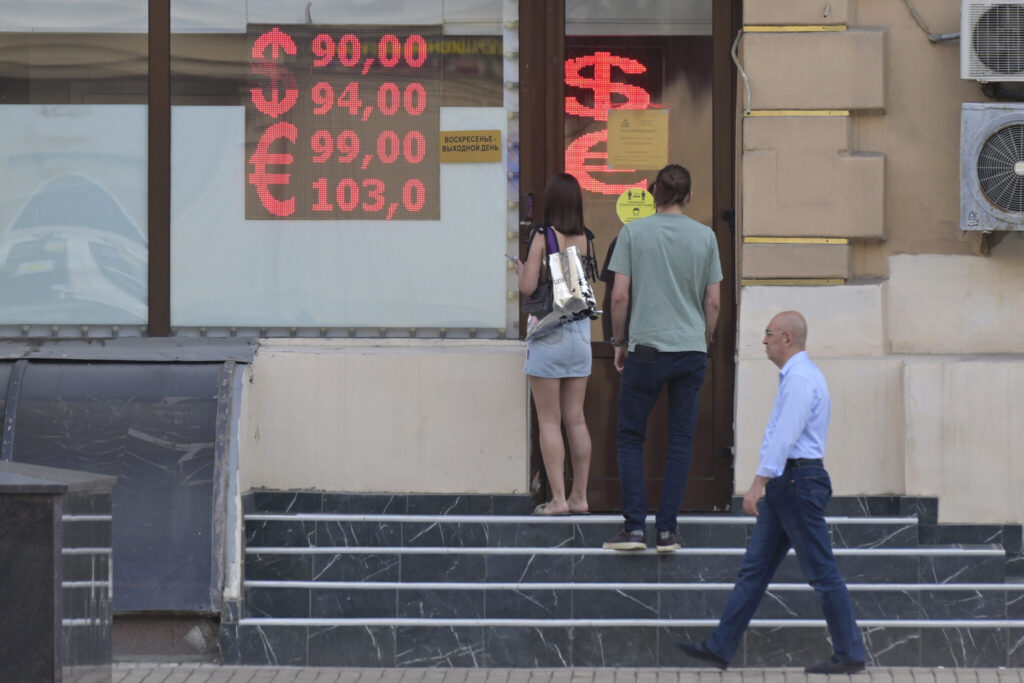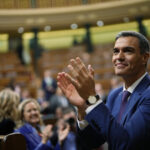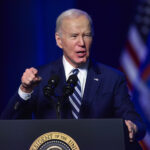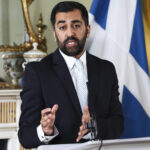President Vladimir Putin’s economic adviser rebuked the central bank on Monday as the ruble slid past 101 per U.S. dollar, blaming its 30% year-to-date slump on loose monetary policy and revealing growing discord among Russia’s monetary authorities. The Associated Press has the story:
Russian Ruble tumbles, slides past 101 per U.S. Dollar
Newslooks- LONDON (AP)
The Russian ruble has reached its lowest value since the early weeks of the war in Ukraine as Western sanctions weigh on energy exports and weaken demand for the national currency. On Monday, the Russian currency passed 101 rubles to the dollar, continuing a more than 25% decline in its value since the beginning of the year and hitting the lowest level in almost 17 months.
President Vladimir Putin’s economic adviser, Maksim Oreshkin, on Monday blamed the weak ruble on “loose monetary policy” in an op-ed for state news agency Tass. He said a strong ruble is in the interest of the Russian economy and that a weak currency “complicates economic restructuring and negatively affects people’s real incomes.” Putin’s economic adviser rebuked the central bank on Monday as the ruble slid past 101 per U.S. dollar, blaming its 30% year-to-date slump on loose monetary policy and revealing growing discord among Russia’s monetary authorities.
Oreshkin said Russia’s central bank has “all the tools necessary” to stabilize the situation and said he expected normalization shortly.
At a press conference Friday, central bank deputy director Alexei Zabotkin said the bank is adhering to a floating exchange rate because “it allows the economy to effectively adapt to changing external conditions.”
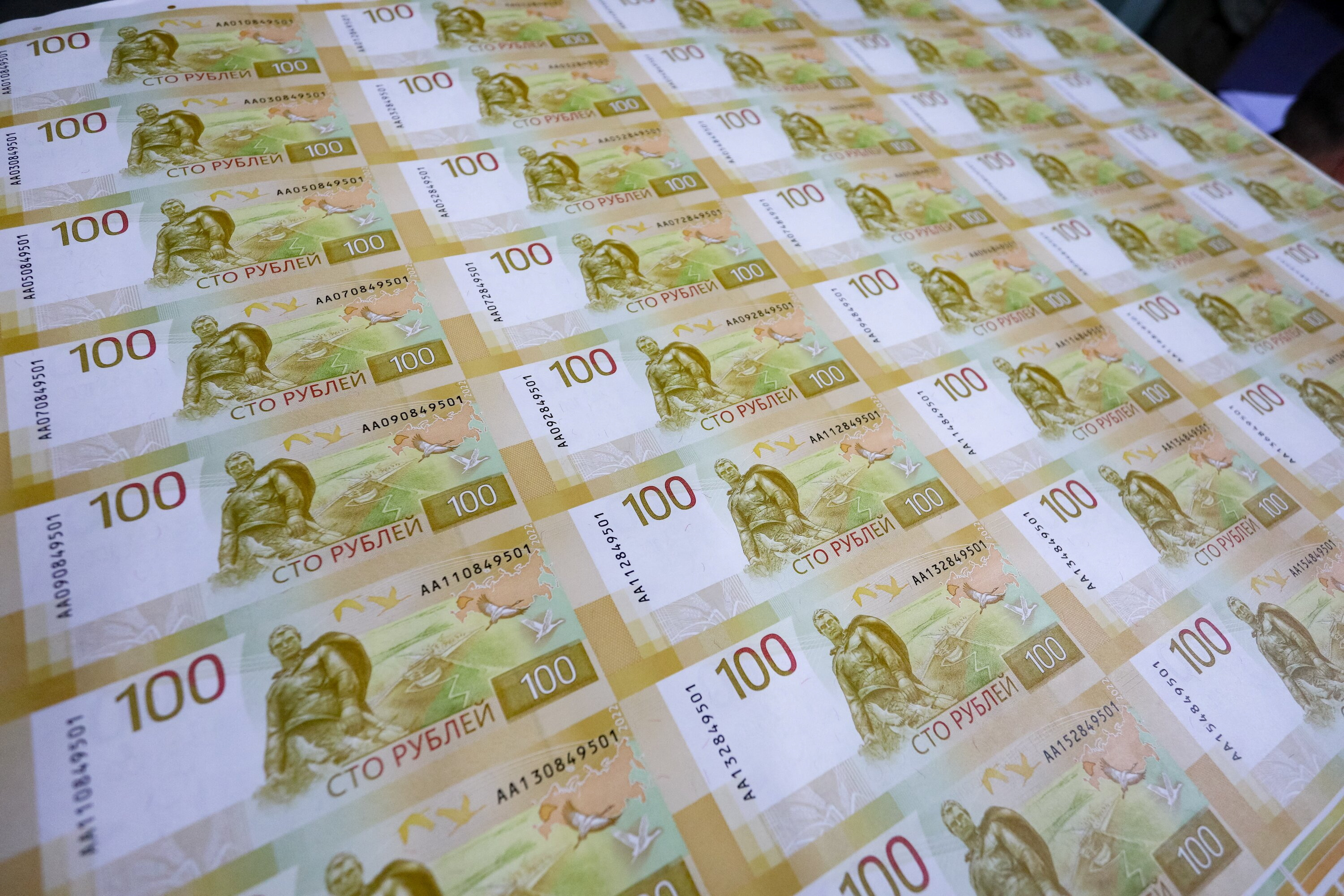
Days earlier, the central bank said it would stop buying foreign currency on the domestic market until the end of the year to try to prop up the ruble and reduce volatility. Russia typically sells foreign currency to counter any shortfall in revenue from oil and natural gas exports and buys currency if it has a surplus.
In January, the ruble traded at about 66 to the dollar but lost about a third of its value in subsequent months.
After Western countries imposed sanctions after the invasion of Ukraine in February 2022, the ruble plunged as low as 130 to the dollar, but the central bank enacted capital controls that stabilized its value. By last summer, it was in the 50-60 range to the dollar.
Zabotkin said Friday that international sanctions had cut off a significant amount of imports to Russia, contributing to the ruble’s fall, but he dismissed speculation that capital flight from Russia also was to blame, saying the idea was “not substantiated.”
The central bank enacted a big increase of 1% to its key interest rate last month, saying inflation is expected to keep rising and the fall in the ruble is adding to the risk. Zabotkin indicated that the rate — now at 8.5% — could be hiked again at the next meeting on Sept. 15.
The ruble , which has lost around a quarter of its value against the dollar since Putin sent troops into Ukraine in February 2022, hit 101.04 per U.S. dollar, its weakest point in almost 17 months.
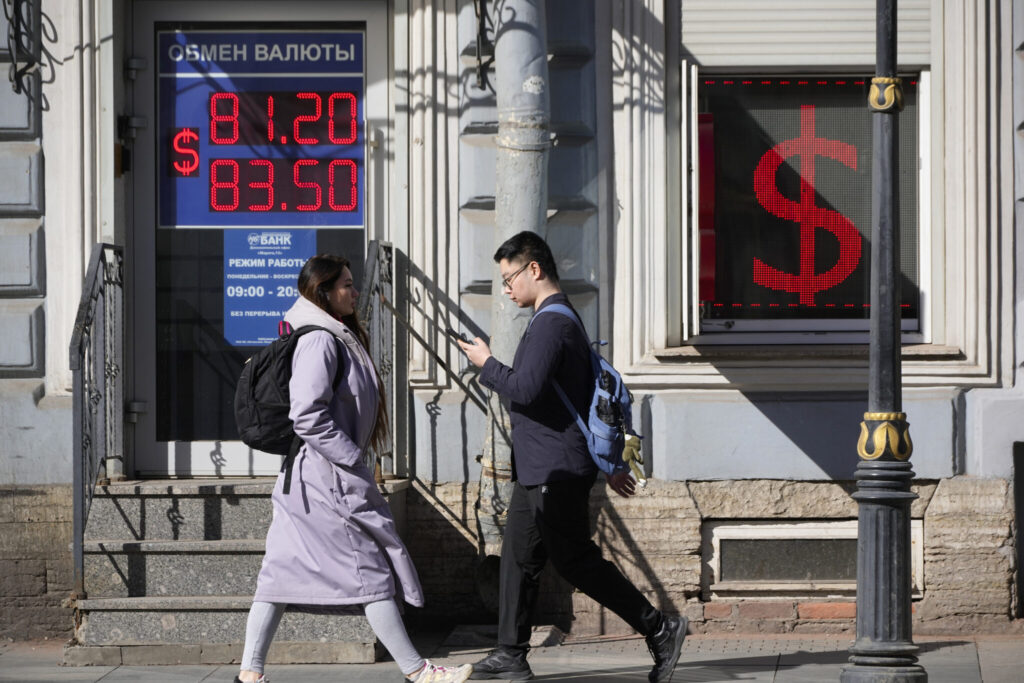
As the ruble tumbled, Putin’s economic adviser Maxim Oreshkin said in an op-ed for the TASS news agency that the Kremlin wanted a strong ruble and expected a normalization shortly, an intervention that could spur the central bank into action ahead of its next scheduled interest rate decision on Sept. 15.
“The main source of ruble weakening and accelerating inflation is soft monetary policy,” Oreshkin wrote. “The central bank has all the tools to normalize the situation in the near future and ensure that lending rates are reduced to sustainable levels.
“A weak ruble complicates the economy’s structural transformation and negatively affects the population’s real incomes,” he said. “It is in the interests of the Russian economy to have a strong ruble.”
The Bank of Russia, which hiked rates by 100 basis points in July to 8.5%, has blamed the ruble’s sharp slide this year on Russia’s shrinking current account surplus – down 85% year-on-year in January-July.
On Monday, the bank said it saw no financial stability risks from the ruble’s weakening and gave another hawkish signal that a rate hike is possible soon.
‘DAMNING INDICTMENT’
The ruble has chartered a turbulent course since Russia invaded Ukraine, slumping to a record low of 120 against the dollar in March last year before recovering to a more than seven-year high a few months later, supported by capital controls and surging export revenues.
Before the war, the ruble traded at around 75 to the dollar.
“The weaker ruble is a damning indictment of Russia’s war on Ukraine,” Timothy Ash, a London-based senior sovereign strategist at BlueBay Asset Management, said in an email.
“It is being driven not only by lower energy receipts due to the loss of the bulk of the European gas business but also by the success of the G7 oil price cap, the much higher cost of imports due to sanctions and then continued capital flight.”
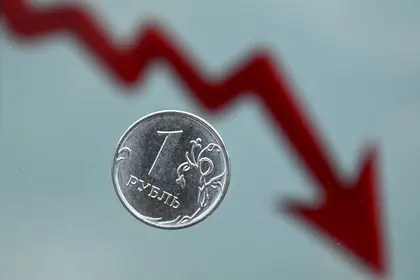
This photograph taken on July 6, 2022 shows a Russian ruble coin in Moscow.
To staunch the ruble’s slide, Russia could reintroduce tougher capital controls. Another option would be to raise interest rates, something the central bank is already minded to do given high inflation, but that limits economic growth potential and means higher borrowing rates for the government as it seeks to finance military operations in Ukraine.
Last week, Russia effectively abandoned its budget rule, with the central bank halting the finance ministry’s FX purchases to try and reduce volatility. Analysts widely agreed that those measures alone were too minimal in scope to significantly support the currency.
“The central bank is not fully in control,” independent Moscow-based economist Ian Melkumov told Reuters, although it has aggressive tools that it is currently reluctant to use.
He said the bank could hike rates drastically, as it did to 20% shortly after Russia began what it calls a “special military operation” in Ukraine. A move to even 15% would stop the ruble’s decline, he said.
“(But) the central bank doesn’t want to kill the economy and businesses in the same way it had to last year.”

